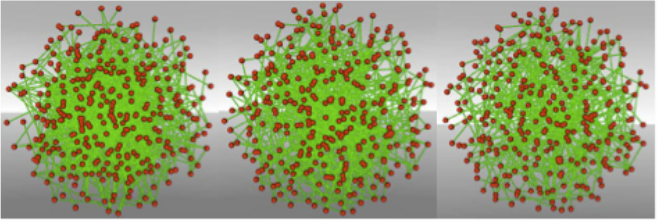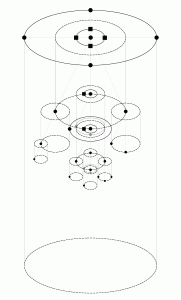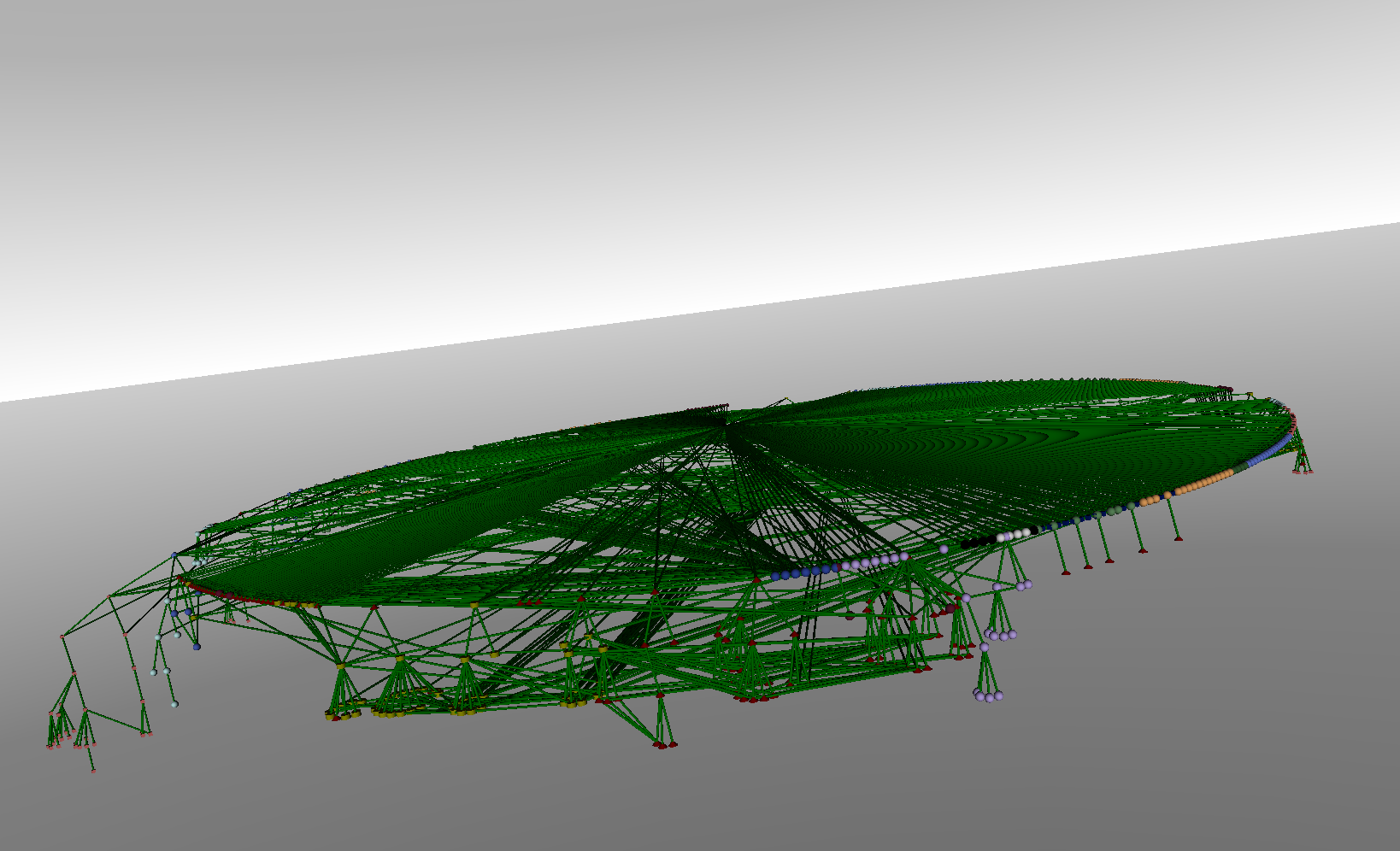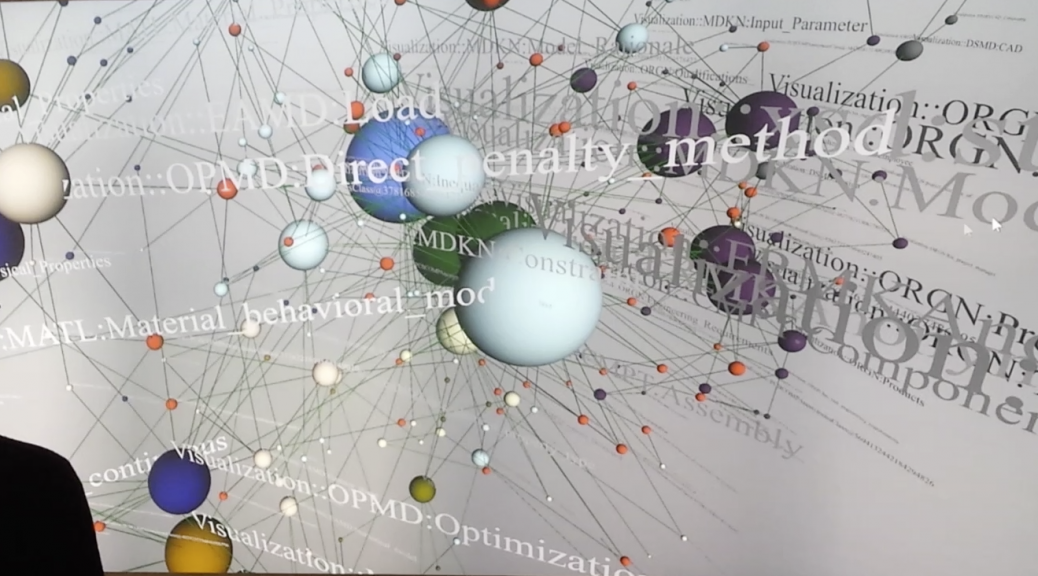The goal of the Open Semantic Network Analysis Platform (OSNAP) is to provide domain experts with the means to gain insight into the semantics of their data. OSNAP is built to address the “Hairball Effect”, a commonly encountered phenomenon in graph visualization. It describes the effect of visualizations of graphs on human investigators where even the connectivity among a few hundred nodes can become overwhelming. This problem has become more pronounced due to the pervasiveness of graph-based data in across a wide variety of domains from knowledge representation to network flow, bioinformatics, and software optimization.

However, the metadata contained in ontologies (and many graphs) can be used to enhance their visual representation through mapping from metadata to different visual properties. For example, connectivity of a node could be used as its scale, and the type of a relationship in a social network could be used to determine the color of an edge.

Yet, due to the variety of application domains (like Bioinformatics, Intelligence Analysis, Geospatial Information Technology, etc.), it is impossible to predict what mappings are valuable for domain experts. In order to stay domain agnostic, to provide access to the capabilities of existing tools, and to enable domain experts in the exploration of their data, the main focus of our implementation of the OSNAP framework lay on adaptability, flexibility, and extensibility. These concerns are reflected in the framework’s architecture (shown below), as well as its graphical interface.

The Tiered Orbital Layout

The “Tiered Orbit” layout is specifically designed for the visualization of the structure of ontologies. To that end, it uses a solar system/atom metaphor leveraging the hierarchical relationships commonly found in ontologies. Concepts are placed into three orbitals around a root node chosen at runtime (of which only the middle orbital is supported in the current version).
The layout algorithm arranges concepts that are connected to the root node by a chosen hierarchical object property into a tree structure. Child nodes are placed in consecutively smaller orbits around their parents on consecutively lower planes in the Y direction, creating the “middle orbital”. Datatype properties (attributes) of a concept are placed in tight orbits around a concept node on the same X-Z plane, creating the “inner orbital”. Finally, concepts that are not connected to a displayed node through a hierarchical relationship are displayed in wide orbits around a concept node on the same plane in Y direction, creating the “outer orbital”. An example of an ontology visualization based on the “Tiered Orbit” layout can be seen below.

For more information on OSNAP, as well as more images and interactive visualizations, please visit the project’s homepage.
OSNAP is licensed under the Apache v2.0 license and available on GitHub.
This research is part of my work as a graduate research assistant for Dr. Nicholas Polys in the NSF Center for eDesign. The project is a collaborative effort with Drs. Anthony McCaffrey and Sundar Krishnamurthy at the University of Massachusetts, Amherst.
